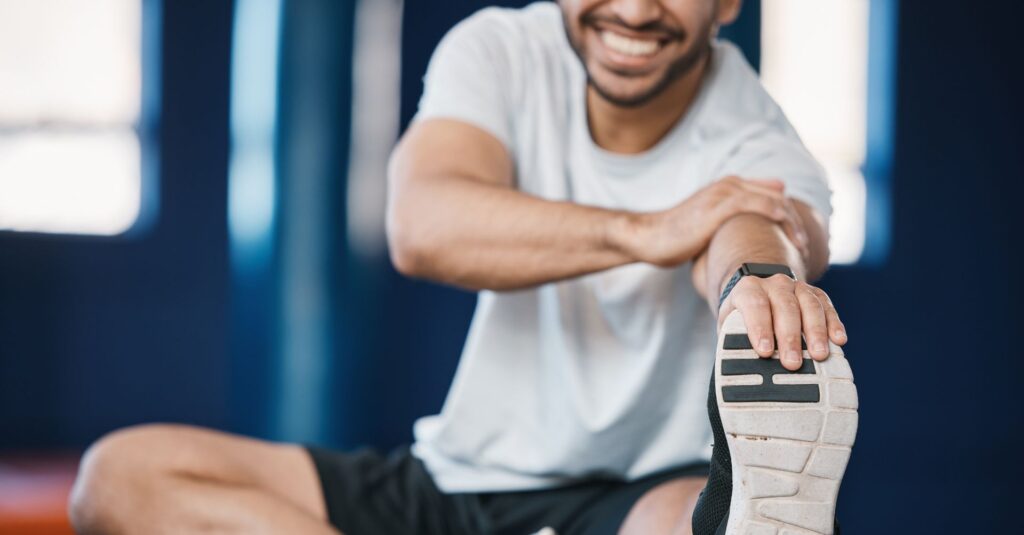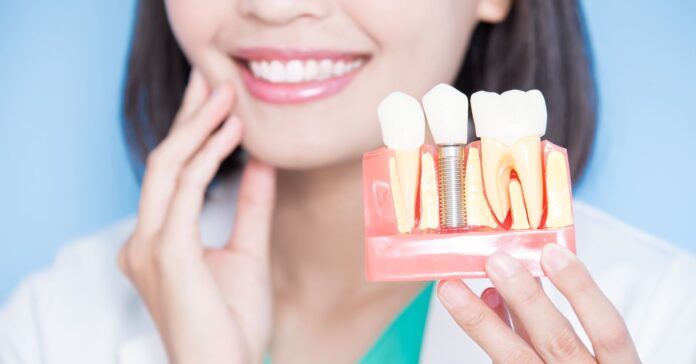Stepping back into your fitness regimen after a medical procedure always comes with caution, excitement, and questions. Especially after dental implants, you might wonder how this change in your oral structure might affect your fitness habits.
Can you jump straight back into high-intensity workouts? Or should you wait for your dentist’s approval? Dive into these critical considerations as you embark on your fitness journey post-implant.
1. Understand The Basics Of Dental Implants
For those unfamiliar with them, dental implants are modern solutions for missing teeth. They consist of titanium posts surgically inserted into the jawbone beneath your gums, serving as roots for replacement teeth. This procedure is transformative, but it’s essential to understand some critical points before jumping back into an intensive fitness routine.
After surgery, your body needs to adjust and recover. Dental implants also need time to bond with your bone and heal. With this in mind, avoiding high-impact activities for a while is wise. Activities such as boxing, jumping, or intense cardio can jeopardize your new implants. They might increase blood flow, leading to swelling or discomfort around the implant. However, it’s not just about exerting yourself with exercises; activities like blowing up a balloon or playing a wind instrument can also exert unwanted pressure.
While dental implants are strong and closely resemble natural teeth, they’re not invincible. The key is to be gentle, giving them ample time to integrate.
2. Prioritise Hydration
During recovery, staying hydrated is crucial. It’s not just about quenching thirst, as hydration aids your body’s healing process. Drinking enough water facilitates faster recovery of oral tissues and helps eliminate toxins.
Also, as you gradually ease back into your fitness routine, sweating and higher metabolic rates can increase the risk of dehydration. So, to ensure optimal muscle recovery and maintain stamina, it’s important to stay well-hydrated.
Although it seems simple, consciously drinking water can make a big difference in recovery. Keep a water bottle handy during workouts, and if you experience dry mouth, take that as a cue to hydrate.
3. Listen To Your Body
It’s crucial to be highly attuned to your body’s signals when reintroducing exercise after the procedure. Start with mild exercises, gradually increasing intensity. Although you might be eager to return to your old routine, patience is vital.
Brisk walking or gentle stretches can be effective. However, it’s important not to ignore any discomfort, pain, or sensation around the implant area. These signals could indicate that something is amiss. Addressing these feelings and consulting your dentist is advisable if you are unsure about any symptoms.

4. Factor In Nutrition
A healthy diet helps speed up your recovery, setting the stage for your return to fitness. As such, your diet should include foods rich in Vitamin C, Vitamin D, calcium, and protein. These nutrients aid in bone and tissue regeneration.
While you add beneficial foods, consider what to reduce. Too much sugar or overly acidic foods, for instance, can harm your oral health. Aim for a balanced diet to support both dental and overall health.
5. Maintain Impeccable Oral Hygiene
Maintaining impeccable oral hygiene is paramount, especially post-surgery. Any complications or infections can hinder both your dental recovery and fitness goals, so brushing, flossing, and rinsing daily are essential.
Moreover, follow any post-op care instructions from your dentist, such as dietary restrictions or using specific mouthwashes. Infections can not only jeopardize your implant but also sap your energy. By maintaining a clean mouth, you pave the way for a smoother and more successful recovery.
6. Consult Your Dentist Regularly
Post-procedure check-ups are just as crucial and necessary to ensure the successful integration of your implant. These check-ups also provide an opportunity to discuss your fitness plans and seek personalized advice from them.
Furthermore, staying connected with your dentist helps anticipate potential issues or complications and offers peace of mind. They’ll guide you through recovery stages, enabling you to adjust your fitness strategies accordingly.
7. Set Realistic Expectations
Everyone’s recovery journey is unique. Some may bounce back within weeks, while others might take longer. That said, measure your progress based on your personal experience.
In terms of exercise, consistency is more important than intensity. So, opt for low-impact exercises and gradually increase intensity to avoid overexertion and complications. Also, remember to celebrate even the smallest victories, as each active day contributes to your overall recovery.
Be kind to yourself. Healing is a process, and occasional hiccups are expected. The goal is continuous progress, regardless of pace.
In Conclusion
Getting back into your fitness routine after dental implants demands patience, awareness, and care. It’s not about the speed of your return but the quality of the journey. By understanding dental implants, staying hydrated, tuning into your body, and seeking professional advice, you’ll find a balanced path to both dental and physical wellness.


